Home / Albums / Tag Place:Africa 64

 Vultures
Vultures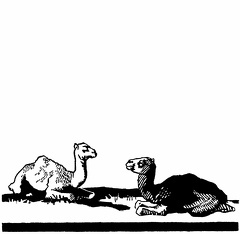 Two Camels
Two Camels Sahara scene
Sahara scene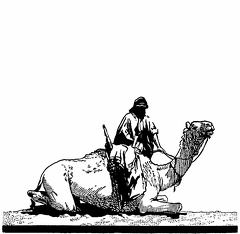 Seated Camel
Seated Camel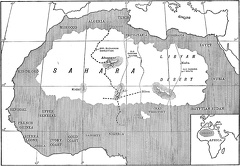 Map of Sahara Desert
Map of Sahara Desert Rock disintegration in the Sahara
Rock disintegration in the Sahara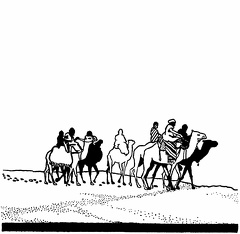 Group of camels and riders
Group of camels and riders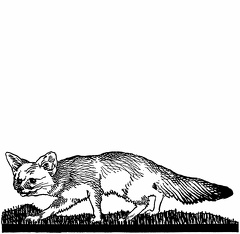 Fox
Fox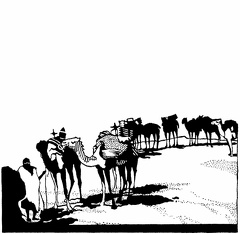 Caravan of camels
Caravan of camels Clay Pots
Clay Pots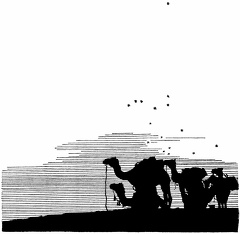 Camels
Camels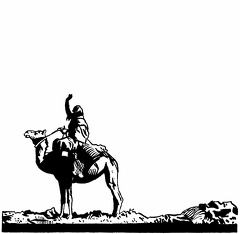 Camel and rider
Camel and rider Camel
Camel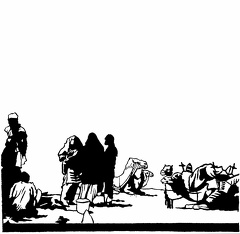 Camels resting
Camels resting Arabs
Arabs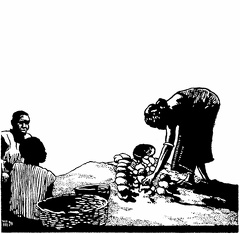 Africans working
Africans working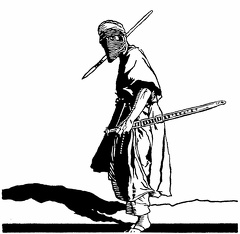 Arab warrior
Arab warrior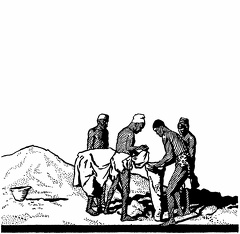 Africans Working 2
Africans Working 2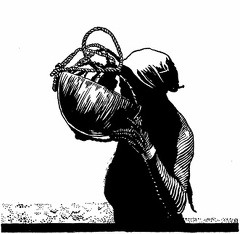 African drinking
African drinking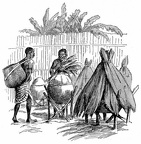 Grain Huts
Grain Huts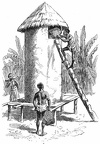 A Clay Grain Storehouse
A Clay Grain Storehouse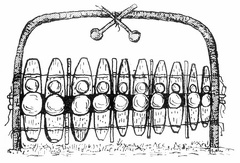 Zulu Marimba
Zulu Marimba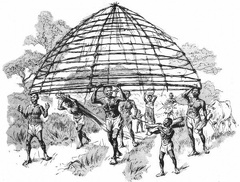 A Madi village being removed
A Madi village being removed King Louis leaped fully armed into the sea
King Louis leaped fully armed into the sea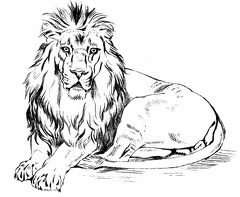 Male Lion
Male Lion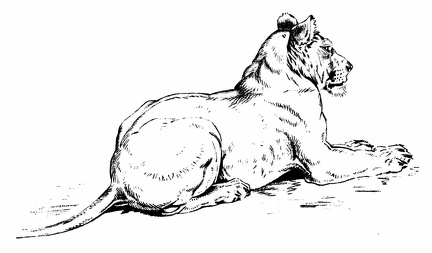 Lioness
Lioness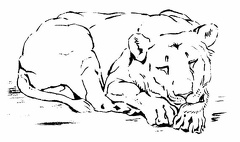 Lioness
Lioness Blesbok
Blesbok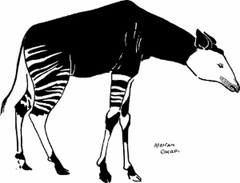 African Okapi
African Okapi Rhinoceros
Rhinoceros lioness
lioness Lion
Lion Lion
Lion sleeping lion
sleeping lion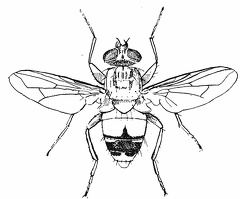 Auchmeromyia luteola
Auchmeromyia luteola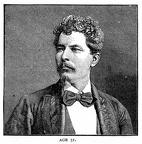 Henry Morton Stanley - Age 31
Henry Morton Stanley - Age 31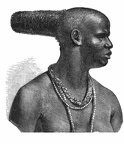 Horizontal Chignon
Horizontal Chignon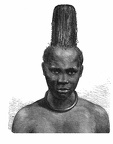 Vertical Chignon
Vertical Chignon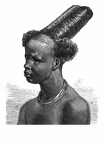 Oblique Chignon
Oblique Chignon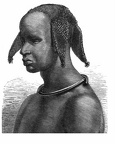 Male Head-dress
Male Head-dress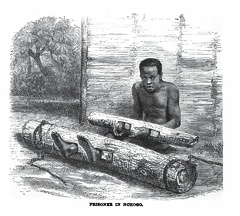 Prisoner in Nchogo
Prisoner in Nchogo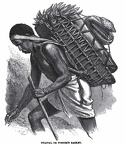 Otaitai, or Porter's Basket
Otaitai, or Porter's Basket Aardvark
Aardvark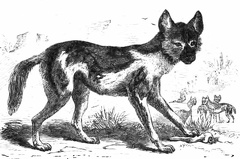 Painted Dog
Painted Dog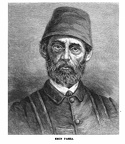 Emin Pasha
Emin Pasha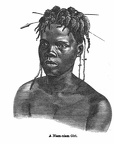 A Niam-niam girl
A Niam-niam girl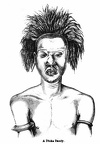 A Dinka Dandy
A Dinka Dandy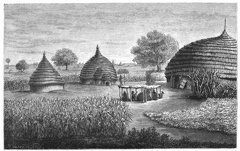 Dinka Village
Dinka Village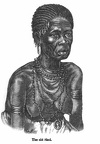 The Old Shol
The Old Shol A Niam-niam minstrel
A Niam-niam minstrel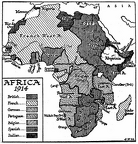 Africa, 1914
Africa, 1914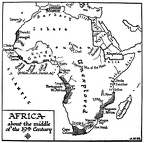 Africa in the Middle of 19th Century
Africa in the Middle of 19th Century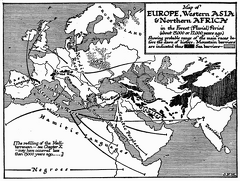 Map of Europe, Asia, Africa 15,000 Years Ago
Map of Europe, Asia, Africa 15,000 Years Ago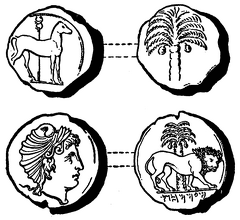 Carthaginian coins
Carthaginian coins Ashanti Ivory Trumpet
Ashanti Ivory Trumpet Nanja
Nanja Tabl Shamee
Tabl Shamee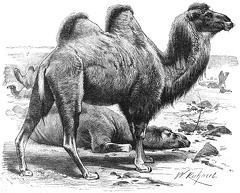 Two-humped Camel
Two-humped Camel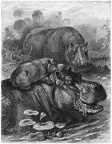 Hippopotamus
Hippopotamus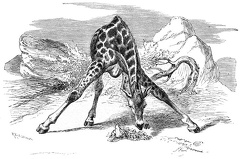 Giraffe, taking something from the bottom
Giraffe, taking something from the bottom



